Copywriting always looks easy — until you start.
Just sit down at the computer, type a little bit, and you’re done.
But when you sit down to write, suddenly it’s not so easy. Not so much typing happening.
So I thought it would be helpful if you could peek over my shoulder while I write a piece of copy. I’ll take you inside my copywriting process so you can see how I tackle the blank page.
The project
For this project, the team at Grove Collaborative (formerly ePantry) hired me to write content + emails for their January affiliate marketing campaign. In case you haven’t heard, Grove is a subscription service for eco-friendly household products (think Birchbox for cleaning supplies). They make it easy to get sustainable supplies like TP, paper towels, and soap for a fraction of the cost of your local grocery store.
1. Research
Research is the secret to jumping in and writing (versus staring at your blinking cursor for 3 hours). When you start with pages full of customer data, you never actually have to tackle the blank page again.
For starters, I head over to Quora and Amazon reviews and type in a search related to my topic — in this case, eco-friendly household supplies. When I see a juicy description of a motivation, problem, or concern, I copy it into Airstory for later. (If you don’t use Airstory, you can save these snippets with Evernote or copy & paste into a spreadsheet.)
My research can take anywhere from a few hours to a few days, but it saves me tons of time when I do sit down to write.
2. Turn off technology
As soon as I’m done researching, I turn off my Wi-Fi so I can stay focused. I also silence my phone (except important calls from family) to cut down on distractions.
I always keep a notebook by my computer so I can jot down ideas. I’ll sketch page layouts, draw the customer’s decision making process, or just scribble some copy.
3. Swipe files
I never write copy without my swipe file — it’s my secret weapon for writing quickly. A swipe file is a collection of great headlines, landing pages, emails, and ads that are used for copywriting inspiration.
When I go through my swipe file, I’m looking for proven formats and techniques that I can apply to my current project. Here, I was writing a reminder email… so I jumped over to my “reminder email” swipes and studied the techniques other writers had used. Using what I already knew about my audience plus insight from my swipe file, I was able to create an effective structure for this particular piece.

Pro tip: Swipe emails straight from your inbox using labels in Gmail. It’s also a good excuse to subscribe to way too many things.
Bonus: Don’t have a swipe file yet? Steal some of my favs here on Pinterest.
4. Outline & organize
This tool has cut my copywriting time in half. Airstory is a writing software that lets you drag and drop your ideas into an outline using cards. (Cards in Airstory are kind of like digital sticky notes.)
First, I create a loose outline in Airstory based on my swipe files. Then I drag and drop my customer data, bits of copy, and any other notes I’ve gathered into the outline. Now I can see where I need to do more research to fill in the gaps.
After I’ve added all my notes to the outline, the copy is 80% done. I download it into a Google doc and add transitions so everything links up nicely. Transitions (“don’t forget”, “that’s why”, “here’s what you get”) are a good way connect ideas and move readers from one paragraph or thought to the next.
5. Let it marinate
Break time! It’s hard to step away from a piece of copy when I’m working on it, but I know I need some distance to get clarity. If it’s early in the day, I’ll switch to a different project, work on tasks for my business, or get out of the house for a while. Lately, our home renovation projects have been a good way to keep my mind (and hands) busy during breaks.
I’ll come back to the copy the next day to polish it up.
6. Edit
Coming back to the copy with fresh eyes lets me see what needs to be reworked. I keep an editing checklist open during this step. It’s easy to think you can edit your own work without one, but a checklist keeps you on track.
Bonus: Download my editing checklist to help you polish any piece of copy (no email address required)
7. Finalize!
We made it! The final draft is ready. I sometimes celebrate with a glass of moscato (because, small victories).
What do you think is the most challenging part of writing copy?
How do you tackle the blank page? How do you make writing easier or more effective?
PS — I’m proud to share that this project turned out to be Grove’s most successful affiliate campaign to date! You can see the finished content in my portfolio.
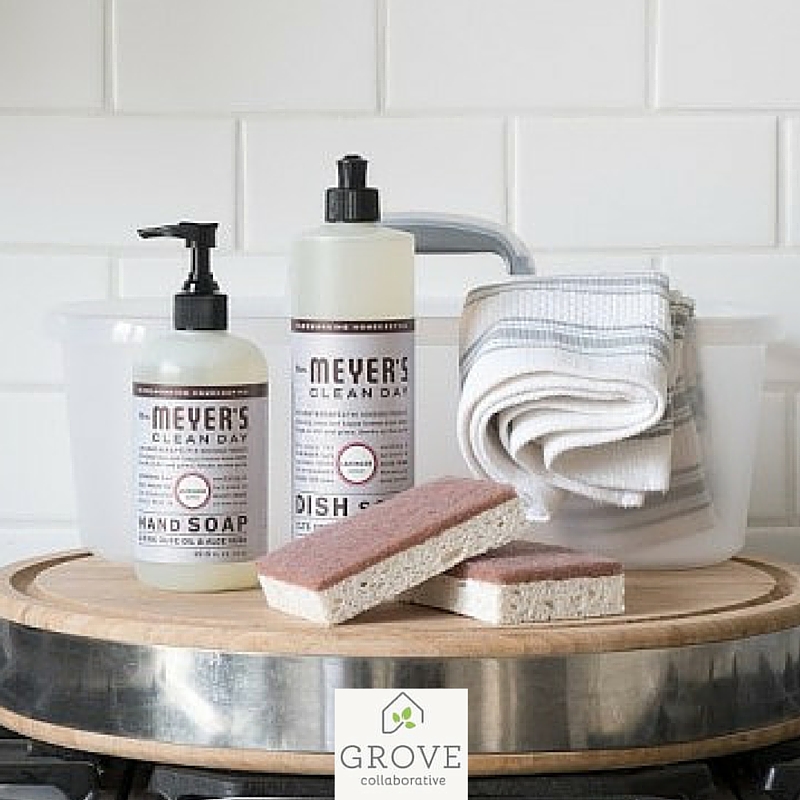
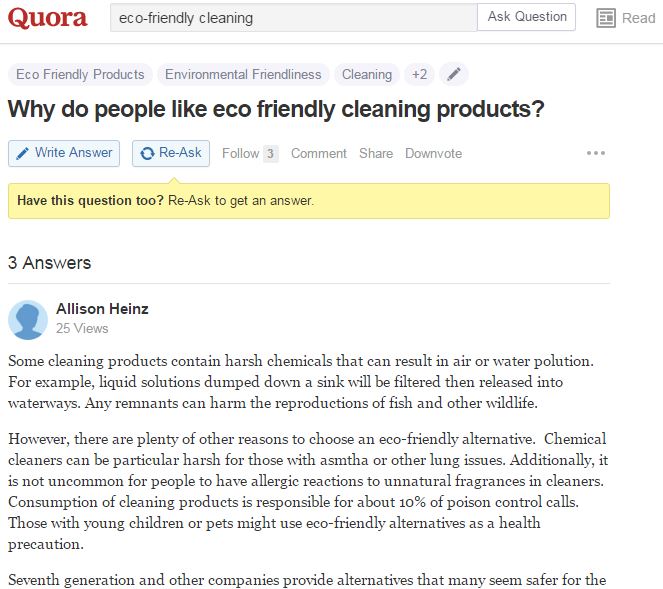
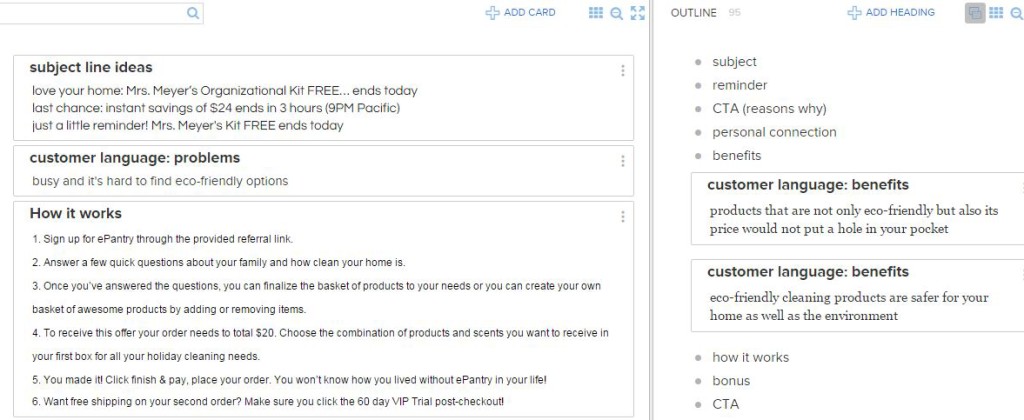
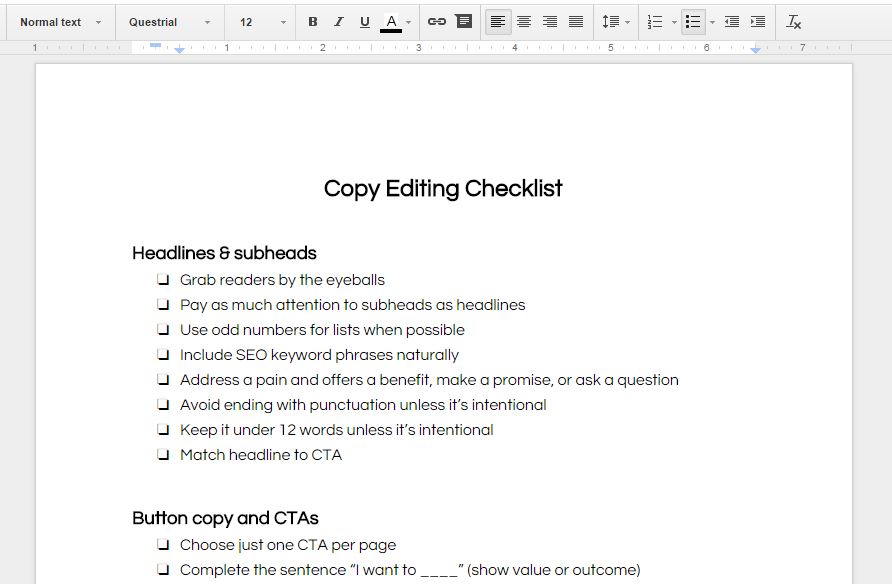
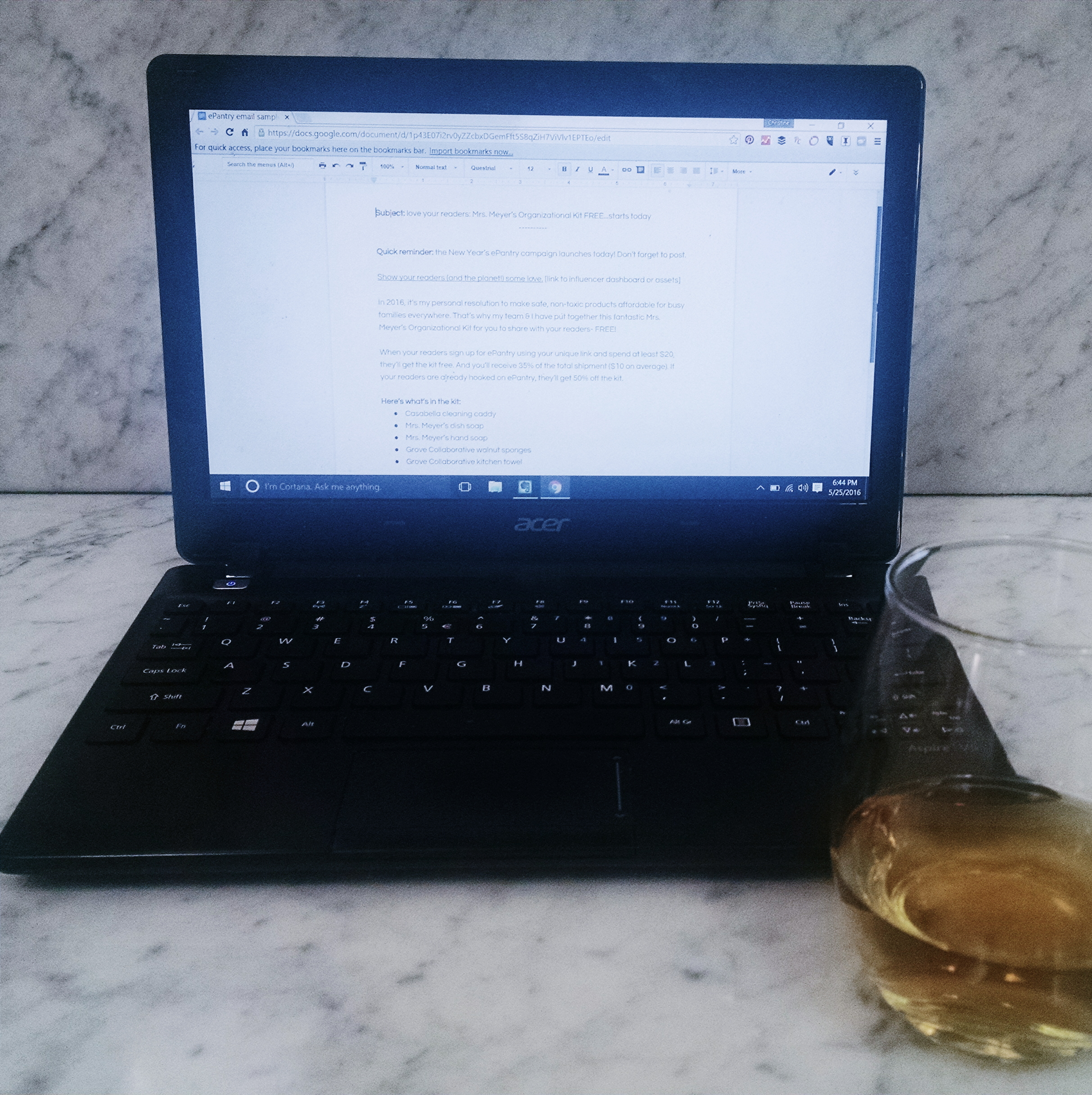
 I'm Christine Lellis, a copywriter and certified content marketer from Michigan.
I'm Christine Lellis, a copywriter and certified content marketer from Michigan.
The most difficult part of writing for me is how to start the writing part. I can do all the research in the world and be able to do a doctoral thesis on a topic and I sit there in front of my computer like a dog that has just been shown a card trick. Where I agree and like your swipe files I can’t unplug from technology. If I silenced my phone I would not be able to do any work with the constant OCD checking of my phone to see if I missed anything.
Great swipe files.
Glad you like the swipe files! I think you’ll find they make getting started waaaaay easier… once you have all the research, it’s just organizing. PS, I use the Simple Pomodoro app to keep me on track while I’m working: 25 minutes of breakneck work, then a 5 minute break to take a walk, check my phone, etc. Let me know if you try it!